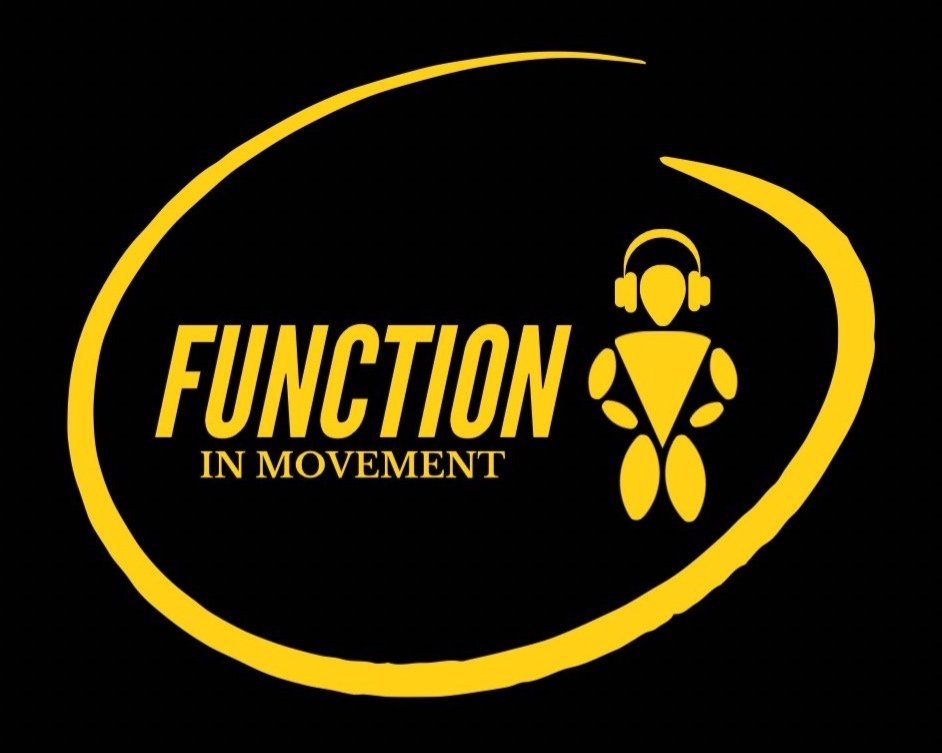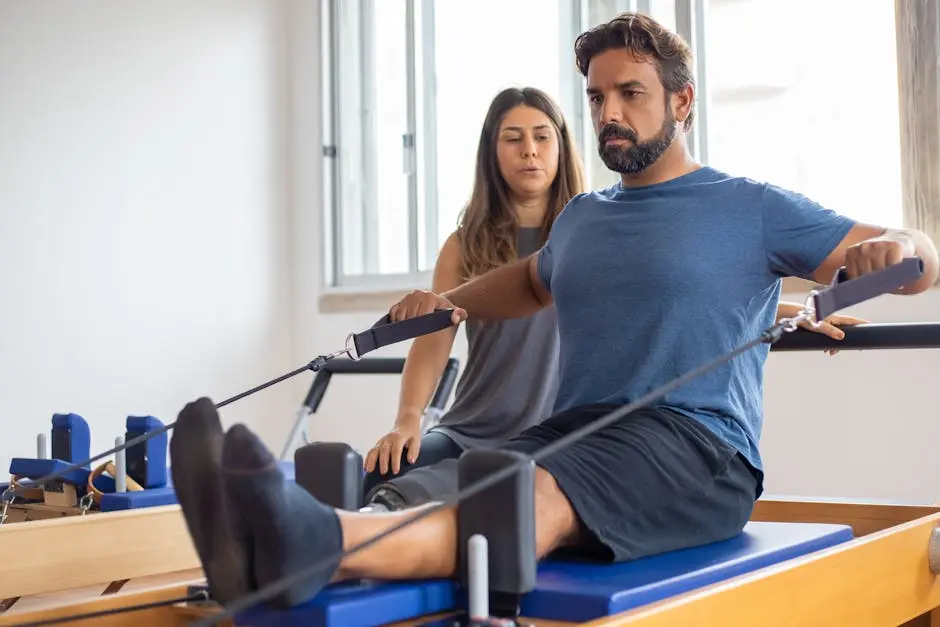Unlocking the Benefits of Integrating Fitness with Physical Therapy
Integrating fitness into physical therapy is becoming increasingly recognized as a powerful method for enhancing rehabilitation outcomes. This approach not only speeds up recovery but also helps in building strength, reducing the risk of further injuries, and promoting overall well-being. In this blog, we will explore how blending fitness with physical therapy can unlock a myriad of benefits for individuals on their healing journeys.
Understanding the Basics of Physical Therapy
Physical therapy, often referred to as PT, is a medical field focused on the rehabilitation of individuals recovering from injuries, surgeries, or chronic pain. The primary goal of physical therapy is to restore functional movement and improve patients' quality of life. This is accomplished through various techniques, including exercises, manual therapy, modalities, and patient education. Understanding these basic principles can help patients feel more empowered and actively involved in their rehabilitation.
A key element of physical therapy is that it is tailored to meet the unique needs of each individual. This personalized approach is critical as it ensures that every patient receives the specific care they require for their condition. While some may need gentle stretches and mobility exercises, others may benefit from strength training or advanced rehabilitation techniques. This individualization not only fosters better outcomes but also promotes a stronger commitment from patients to engage with their therapy.
Moreover, physical therapists play a crucial role in educating patients about their bodies and the recovery process. This education helps them understand their condition better and motivates them to adhere to home exercise programs. As patients become more informed, they gain confidence and autonomy, which can significantly influence their recovery journey.
The Role of Fitness in Rehabilitation
Fitness is often seen as a separate entity from physical therapy; however, these two fields are becoming increasingly intertwined. Incorporating fitness into rehabilitation can enhance healing and augment the effects of traditional physical therapy. By integrating various forms of exercise, such as strength training, aerobics, and flexibility routines, patients can achieve comprehensive improvements in their physical capabilities.
One significant benefit of integrating fitness into rehabilitation is the promotion of functional movement patterns. This means that exercises can be designed to mimic daily activities, ultimately helping individuals regain independence. For instance, rehabilitating a knee injury may involve targeted squats or step-ups that resonate with the patient’s daily routine. As they practice these movements in a controlled setting, they begin to rewire their understanding of mobility, fostering confidence in their ability to perform daily tasks.
Physical therapy combined with fitness also provides a solid foundation for injury prevention. By focusing on strengthening key muscle groups and enhancing flexibility, patients educate themselves about their bodies' biomechanics. This knowledge equips them with the tools to avoid future injuries, making fitness a vital component of a long-term health strategy.
Furthermore, fitness can be incredibly motivating. Participating in group fitness classes or even one-on-one sessions can create a vibrant community atmosphere that encourages patients to engage deeply in their rehabilitation process. Enjoyable, varied workouts can reinforce a positive experience and offer an escape from the traditional therapeutic atmosphere, often transforming how patients perceive their recovery journey.
How Fitness Enhances Recovery Processes
The linkage between fitness and recovery is not simply anecdotal; it is backed by scientific research. Studies have shown that patients who incorporate regular physical activity into their recovery correlate with faster healing times. Fitness exercises trigger the release of endorphins and other beneficial hormones that can help alleviate pain and enhance mood—invaluable assets during rehabilitation.
In addition to emotional benefits, fitness activities increase blood circulation, which can significantly aid in the healing process. Enhanced circulation means that oxygen and nutrients are transported more effectively to injured tissues, thus expediting recovery. This biological advantage is particularly important for those dealing with post-surgical rehabilitation or chronic conditions such as arthritis.
Moreover, engaging in routine fitness can help combat the potential loss of muscle mass and joint stiffness that often accompanies inactivity during the rehabilitation process. Strength training, resistance bands, and functional movements can all help maintain or rebuild muscular strength, preventing these negative effects from derailing progress.
As patients embrace a fitness-oriented approach during their therapy, they often find that they not only recover faster but also improve their overall fitness levels, enhancing their quality of life. This shift from mere recovery to proactive fitness engagement represents a significant transformation in how individuals view their rehabilitation journeys.
Success Stories: Real-Life Examples of Integrated Approaches
Real-life success stories can vividly illustrate the advantages of integrating fitness into physical therapy. For example, consider a middle-aged man who underwent knee surgery due to a sports injury. Initially hesitant and fearful of re-injury, he was introduced to a customized rehabilitation program that focused on gentle strength-building exercises alongside traditional physical therapy interventions. Over time, he regained not only his mobility but also the confidence to return to his favorite sports, showcasing the transformative power of blending fitness into rehab.
Another inspiring case involves a woman recovering from breast cancer. As part of her recovery journey, she began attending fitness classes specifically designed for cancer survivors. With the guidance of trained instructors, she engaged in low-impact exercises that not only helped alleviate her post-surgery pain but also fostered a supportive community around her. This experience highlighted the emotional and psychological benefits of integrating fitness into her rehabilitation journey, allowing her to rebuild her strength and self-esteem.
These success stories resonate with many individuals facing similar challenges. They serve as powerful testimonials to the effectiveness of a comprehensive recovery strategy that embraces both physical therapy and fitness, inspiring others to explore this integrated path.
Guidelines for Integrating Fitness with Physical Therapy
Integrating fitness into physical therapy requires a thoughtful approach. Patients should prioritize open communication with their healthcare providers to ensure a tailored plan that meets their specific goals and needs. A physical therapist can assess an individual's abilities and limitations, helping to establish a proper foundation before adding fitness components. This collaboration is crucial for a positive and safe recovery experience.
Moreover, a gradual introduction of fitness exercises into the therapeutic routine is recommended. Starting with mild, controlled movements can help patients gain confidence while ensuring they do not overexert themselves. Strength training, flexibility exercises, and cardio should be progressively added as individuals acclimate to their rehabilitation plans.
Setting realistic goals is another critical factor. Patients should strive for achievable milestones instead of quick fixes. This not only keeps them motivated but can also help mitigate feelings of frustration. Consistency and patience become vital when integrating fitness into physical therapy, reinforcing the belief that gradual improvements will lead to lasting benefits.
Lastly, recognizing the role of community and support systems can make a significant difference. Whether it's family, friends, or other patients, sharing experiences and encouragement can transform the rehabilitation journey into a collaborative and uplifting endeavor.
The Importance of Professional Guidance
While the benefits of integrating fitness with physical therapy are clear, professional guidance remains essential for ensuring safety and effectiveness. Physical therapists are trained to understand the body’s mechanics, enabling them to develop personalized rehabilitation plans that merge fitness principles with therapeutic needs.
This professional oversight ensures that patients are not only performing exercises correctly but are also progressing at a suitable pace. Missteps during recovery can lead to injuries, which could set back progress. Thus, establishing a partnership with a physical therapist allows for the safest and most effective navigation through the integration of fitness.
Additionally, professional support plays an integral role in motivating patients. Knowledgeable physical therapists can provide encouragement, feedback, and adjustments to keep patients engaged and invested in their rehabilitation journey. They help individuals understand that challenges are part of the process, which can lead to lasting relationships built on trust and achievement.
Conclusion: Moving Forward with Integrative Approaches
As we delve deeper into the benefits of merging fitness with physical therapy, it is clear that this approach offers a more well-rounded method of rehabilitation. Not only does it foster physical recovery but also addresses mental and emotional challenges that patients face. By embracing this integrative model, individuals can look forward to improved health outcomes, greater satisfaction with their rehabilitation experiences, and, ultimately, a better quality of life.
In our rapidly evolving understanding of healing, recognizing the synergy between fitness and physical therapy puts individuals in the driver’s seat of their recovery journeys. It empowers them with knowledge, instills confidence, and promotes a proactive mindset towards health and well-being. As we move forward, it will be crucial for patients and healthcare professionals alike to champion this integrated approach to rehabilitation for a healthier, more active future.
Embracing the Future of Rehabilitation
Incorporating fitness into physical therapy is not just a trend; it’s a holistic approach that fosters faster recovery, enhanced physical performance, and improved mental health. As rehabilitation evolves, understanding and embracing this integration can help individuals take charge of their recovery while leading healthier, more active lives. Whether you’re a patient or a professional, recognizing these benefits can pave the way toward more effective rehabilitation strategies.


